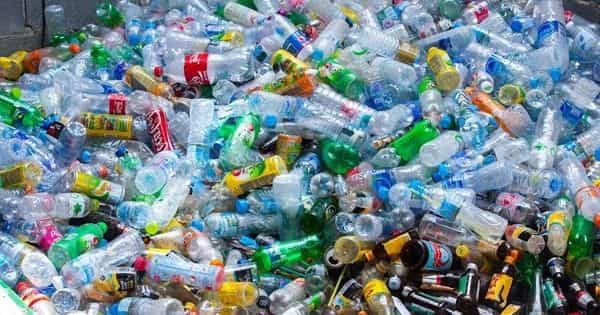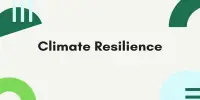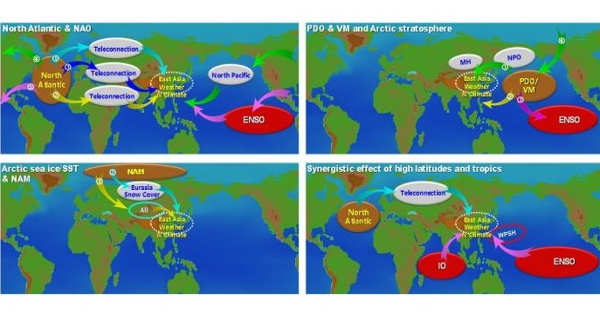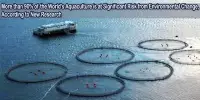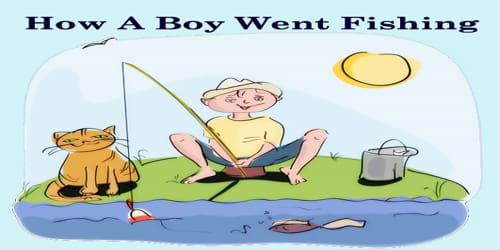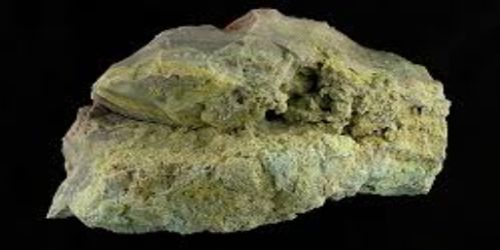Packaging is an unavoidable part of life, but it can also pose problems in the waste stream. Some products, such as padded envelopes, are made of multiple materials, and most recycling processing plants are not equipped to dismantle multi-layer products. Because of a lack of markets, many of the molded plastics that contain our foods and other purchases are not easily recyclable. The same can be said for packaging materials like Styrofoam peanuts and plastic air pillows. Everyone is aware of the simple problem of “over-packaged” items.
If UT-Ph.D. student Jiaying Li has her way, there will be no’silver’ layer in food packages such as crisps bags. In her most recent publication, she describes a relatively simple method for producing recyclable coatings for food packaging. Her research paves the way for food packaging that can be recycled in water under the right conditions. Her research was recently published in the scientific journal ACS Applied Materials & Interfaces.
Green living includes the use of biodegradable and recyclable packaging materials. Nowadays, finding environmentally friendly alternatives to traditional products is becoming increasingly simple. The more products that become available, the more options we have for combining green living with modern life.
Many of the molded plastics that contain our foods and other purchases are not readily recyclable because of a lack of markets. Research paves the way for food packages that—given the right conditions—can be recycled in water.
If you like potato crisps, you’ve probably noticed that the majority of crisps bags have a silver inner layer. While not truly silver, but rather aluminum-based, this layer protects the crisps from oxygen in the air, preserving crunch and preventing spoilage. However, this layer makes recycling the bag extremely difficult. This is why the vast majority of crisps bags end up incinerated, in landfills, or in nature.
Packaging is an unavoidable aspect of daily life. It protects, preserves, and improves products, displays important information, serves as a marketing tool, and allows for safe transportation. However, the unfortunate reality is that packaging is frequently regarded as waste. Worse, the packaging is frequently disposed of in this manner. As a result, a key consideration of good packaging design is the generation of less waste after the end of its useful life, while still assisting end-users in using it and the contained products efficiently.
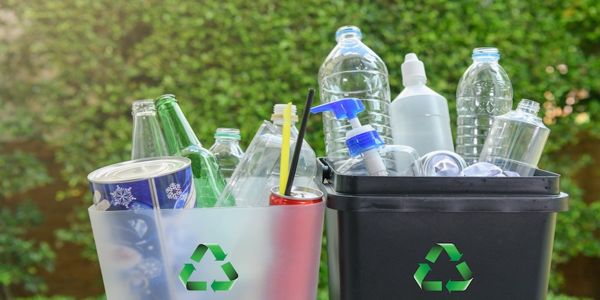
Multi-layered problem
The thin layer of packaging is actually multi-layered, consisting of various materials laminated together, each with its own function. These layers are difficult to separate, making recycling difficult. To reduce the number of layers, Li is working on a solution in which multiple materials are replaced by a single layer that performs multiple functions. “This is already possible with polymers,” Li says, “but traditional polymers are difficult to recycle and only soluble in organic solvents.”
Polyelectrolyte-based coatings
According to Li, the solution is polyelectrolyte-based coatings. These coatings can be used as an oxygen barrier and are soluble in water if the proper conditions are met. “They aren’t brand new. However, these coatings, like lasagne, must be built layer by layer. Every layer of this lasagne takes about 30 minutes to make, making industrialization difficult “, Li claims. By preparing a liquid with both positively and negatively charged polyelectrolytes and blocking their interaction, Li’s method significantly reduces the time required. When the drying process begins, the liquid begins to form a dense layer that acts as a protective layer.
For the future
For the time being, this method has been shown to work with synthesized polyelectrolytes. The use of bio-derived polyelectrolytes is the next goal. These polyelectrolytes are derived entirely from natural sources, such as shrimp shells or trees. All of this, hopefully, will lead to a future where there is no silver in our crisp bags.
There will be significant ramifications for packaging converters and their value chain, potentially jeopardizing the survival of many in the industry. However, for packaging converters with the right focus and innovation capabilities, the new landscape could provide significant growth and new partnership opportunities to help customers revise their packaging portfolios. As consumer demands and regulatory requirements increase, converters will need to embrace sustainability issues more aggressively in the future.
